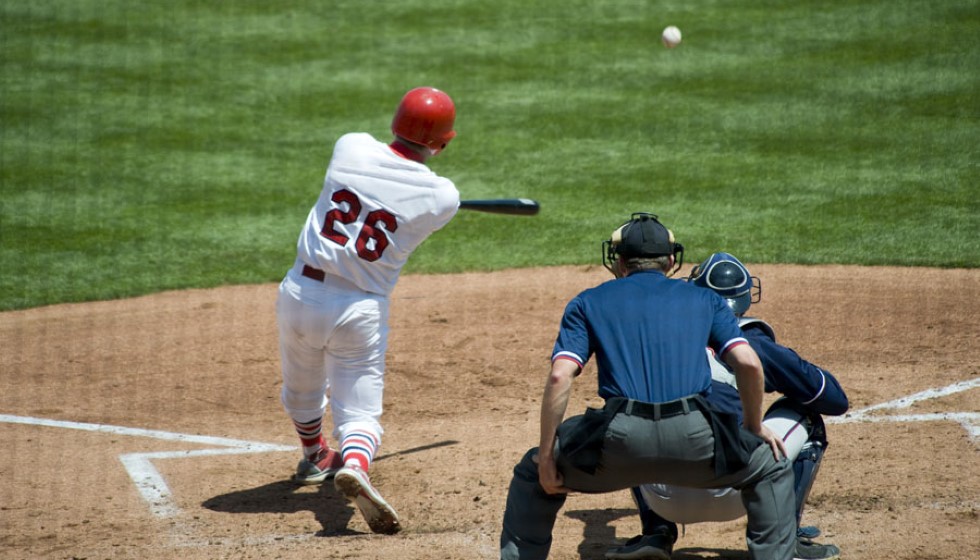
In a developing story that has caught the attention of the entire Major League Baseball (MLB) community, several top pitchers find themselves grappling with injuries at an alarming rate. Eury Pérez, Shane Bieber, Jonathan Loáisiga, and Spencer Strider have all been sidelined, raising concerns about the health and safety protocols in place for pitchers in the league. Additionally, Framber Valdez was recently scratched from a scheduled start due to elbow soreness, further emphasizing the growing issue.
Surprisingly, a staggering 34.2% of MLB pitchers have undergone Tommy John surgery, a procedure commonly known to address severe elbow injuries. This season has seen a trend where 80% of the players on the injured list were pitchers, spotlighting the unique vulnerabilities that pitchers face in today's game.
Factors Contributing to the Injury Epidemic
Several factors have been identified as contributing to the high injury rates among pitchers. The introduction of a pitch clock aims to speed up the game but may inadvertently place additional strain on pitchers' arms. Moreover, the encouragement of increased pitching velocity and enhanced spin rates has put unprecedented stress on pitchers, potentially leading to long-term health issues.
The MLB's crackdown on the use of foreign substances is another policy change that has had unintended consequences. Pitchers have expressed frustration over the ban, which they believe has left them more vulnerable to injuries. One player candidly stated, "I truly believe 100% that's why I got hurt. I'm frustrated MLB doesn't understand. You can't just tell us to use nothing. It's crazy."
Additionally, the trend toward early specialization in youth baseball has resulted in players honing their pitching skills from a young age, potentially leading to early wear and tear on their arms. The health impacts of reduced recovery time are also a growing concern, with many within the sport worrying about the long-term consequences of these demands on players' bodies.
Lack of Acknowledgment from the League
A troubling aspect of this situation is the perception that the MLB has not fully acknowledged or studied the effects of these profound changes on player health and safety. The sentiment among players and experts alike is one of frustration and concern. As one player articulated, "Our concerns about the health impacts of reduced recovery time have only intensified."
Another alarming statement came from a source within the league, "The league's unwillingness thus far to acknowledge or study the effects of these profound changes is an unprecedented threat to our game and its most valuable asset -- the players." This sentiment underscores the growing disconnect between the players, who feel the immediate impact of these policies and rule changes, and the decision-makers within MLB.
Looking Ahead: The Path Forward
As the MLB grapples with these issues, it is clear that a multifaceted approach is necessary to address the underlying causes of the injury epidemic among pitchers. A starting point would be for the league to engage in open dialogue with players, trainers, and medical experts to explore sustainable solutions. This collaboration could lead to rule modifications that prioritize player health without sacrificing the quality and competitiveness of the game.
Furthermore, investing in research to understand the full impact of current policies and practices on players' bodies could guide more informed decisions in the future. Enabling adjustments to training, recovery protocols, and game rules based on scientific evidence could be pivotal in preventing injuries and ensuring the longevity of players' careers.
The MLB is at a critical juncture, facing an opportunity to redefine its approach to player health and safety. By putting the well-being of its athletes at the forefront, the league can protect its most valuable asset—the players—while preserving the integrity and appeal of the game. The road ahead will require diligence, open-mindedness, and a commitment to change, but it is a worthy endeavor for the future of baseball.